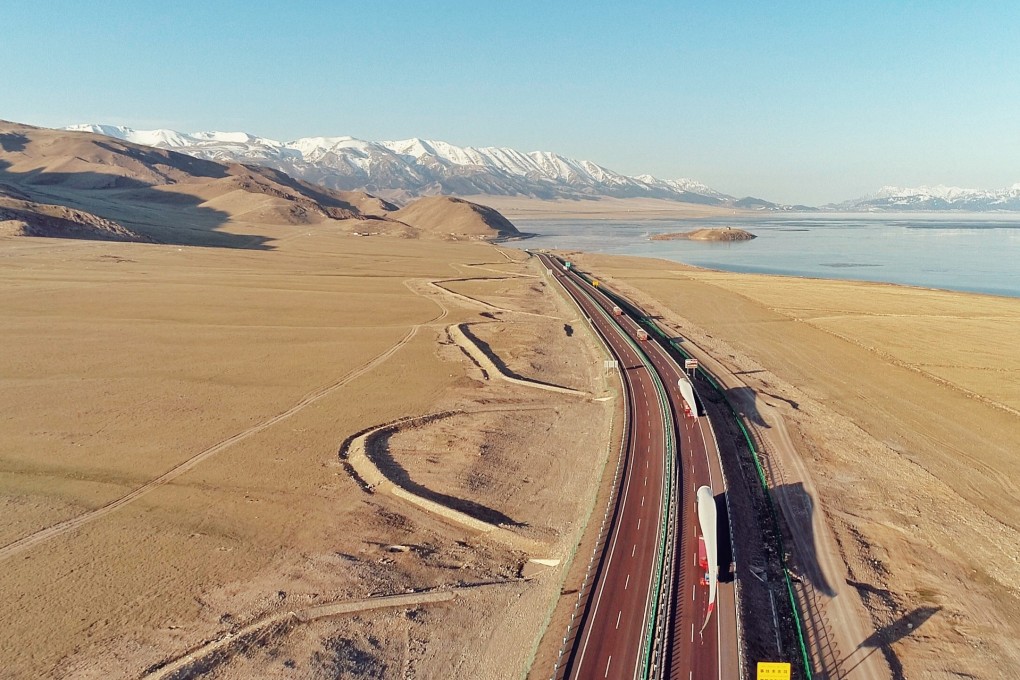Coronavirus, US-China decoupling prompt Beijing to unveil new western development plan
- Beijing’s new ‘Go West’ plan calls for development of central and western provinces to offset the risk of geopolitical isolation
- Policy blueprint includes long list of new energy and infrastructure projects, providing more ‘leeway for strategic manoeuvring’

China is seeking a new burst of growth from its vast and energy-rich western regions, as its export-reliant eastern provinces suffer from the coronavirus pandemic and face mounting pressure amid US threats of economic decoupling.
While top government leaders have pledged the nation will continue to open, a new strategy being floated is for the world’s second largest economy to turn inward and focus on its massive domestic market.
“Strengthening efforts to advance development of the western regions is an important decision made to answer the request for balanced regional development and also to coordinate overall interests, both internal and external,” read the development guideline issued jointly by China’s cabinet, the State Council, and the Communist Party’s Central Committee.

05:59
As part of the plan, China announced a slew of new transport infrastructure initiatives for the western hinterlands, including the Sichuan-Tibet railway, high-speed rail links along the Yangtze River, and a series of airports, reservoirs and irrigation projects.